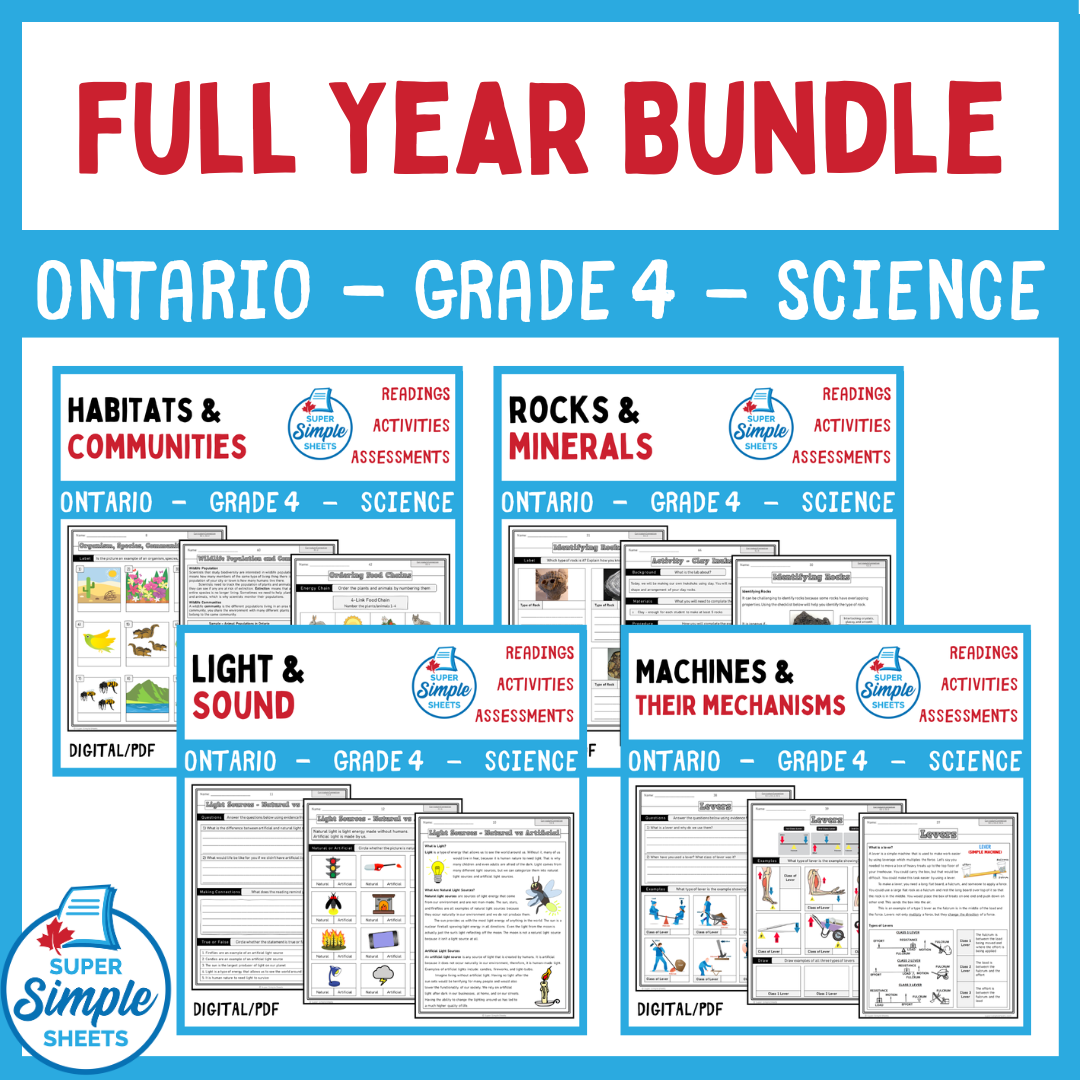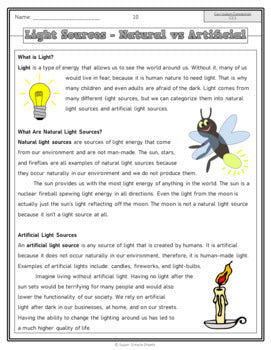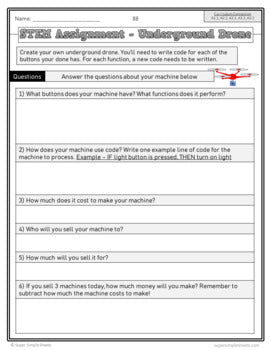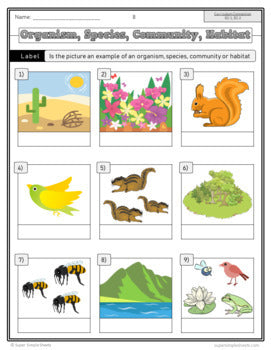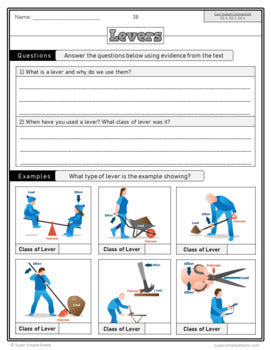NEWLY UPDATED - 2022 Curriculum! Ontario Grade 4 Science Bundle - GOOGLE/PDF
NEWLY UPDATED - 2022 Curriculum! Ontario Grade 4 Science Bundle - GOOGLE/PDF
Interested in a bundle? Shop below instead!
Couldn't load pickup availability
PRODUCT PREVIEW
UPDATED IN 2022! BOTH GOOGLE SLIDES AND PDF VERSIONS INCLUDED!
Check out the previews of this unit to learn more about how it can benefit your students. We know you will love this no-prep, just print, time-saving resource!
Most importantly, we have made cross-curriculum connections to the grade 4 language program. Students will practice reading comprehension strategies (making connections, questioning, visualizing, and inferencing) as they work through this unit.
Check out the preview of these units to learn more about how it can benefit your students. We know you will love this no-prep, just print, time-saving resource!
Unit 1 - Machines and their Mechanisms
- What are machines?
- Simple machines – overview
- Roller vs wheel – sliding friction
- Wheel and axle – mechanical advantage
- Gears – spur gear, idle gear, bevel gear and worm gear
- Bicycles – using gears
- Gear trains and gear ratios – mechanical advantages
- Gears – changing planes (horizontal vs vertical)
- Gears - rotary motion vs linear motion
- Pulleys – fixed pulley, moveable pulley and compound pulley
- Pulleys - calculating mechanical advantage
- Pulleys – changing direction of force
- Pulley systems in our everyday lives
- Experiment – creating a pulley system
- Levers – types (class 1, class 2, class 3)
- Levers in our everyday lives
- Labelling levers by their type/class
- Experiment – creating a lever system
- Calculating the mechanical advantage of levers
- Inclined planes – mechanical advantage
- Everyday uses of inclined planes
- Calculating the mechanical advantage of inclined planes
- Wedges – everyday uses and diagram
- Screw – everyday uses and diagram
- Identifying simple machines in your life
- Compound machines – scissors, wheelbarrow
- Muscular-skeletal system – levers in our bodies
- Importance of machines in our lives – backhoe
- Electric vs fuel burning vehicles (machines) – effects on the environment
Unit 2 - Habitats and Communities
- What are habitats?
- What is a community?
- Terrestrial habitats vs aquatic habitats
- Difference between organisms, species, communities, and habitats
- Survival needs for organisms in habitats
- Animal adaptations that allow them to survive in their habitat
- Desert habitat – warm and cold deserts - climate, vegetation, animals, adaptations
- Grassland habitat – climate, vegetation, animals, adaptations
- Forest habitats – tropical forests, temperate forests, and boreal forests
- Importance of trees and forests for animals
- Aquatic habitats – wetlands
- Wetlands near us
- Plant and animal adaptations in wetlands
- Aquatic habitats – deep ocean and coral reefs
- Interaction of living and non-living things in habitats
- Food chain – producers, consumers and decomposers
- Creating a food chain
- Ordering food chains in different habitats
- Food web in wetlands
- Herbivores, carnivores, and omnivores
- Limits of habitats – carrying capacity
- Specialized vs generalized species
- Extinction and endangered species
- Human dependency on habitats – how humans affect habitats
- Wildlife populations and communities – endangered animals and extinction
- Human caused changes to habitats
- How you can help habitats
Unit 3 - Rocks, Minerals and Geological Processes
- What is geology?
- Rocks vs minerals
- Classifying rocks and minerals
- Mineral composition of certain rocks – granite, gneiss, limestone, conglomerate, etc.
- The rock cycle – reading and diagram
- Science experiment – the rock cycle
- Geological processes that create metamorphic, sedimentary, and igneous rock
- Physical properties of sedimentary, metamorphic, and igneous rock
- Identifying metamorphic, sedimentary, and igneous rocks
- Describing rocks/minerals using their properties – lustre, hardness, colour, texture, transparency
- Science experiment – testing the hardness of rocks
- Earth’s processes – compacting, cementing, cooling, heating, pressure, erosion, etc.
- Controlling erosion – seawalls
- Weathering rocks – sediments
- Weathering, erosion, and deposition – formation of islands and sand dunes
- Science experiment - mixing earth’s materials
- Rocks and fossils
- What fossils tell us about Earth’s history
- The effects of wind, water, and ice on rocks and landforms
- Everyday uses of rocks
- Research activity – how rocks are used in different industries
- Indigenous use of rocks – Inukshuks, flint, and paint
- Activity – creating a clay Inukshuk
- Impacts of mining of the environment and socially (people)
- Mining towns – Mirny (Russia) and Dawson City (Yukon gold rush)
Unit 4 - Light and Sound
- What is energy – light and sound
- All about light – interesting facts
- Light sources – natural and artificial light
- Light emitters and light reflectors
- Properties of light – light absorbing, light reflecting, and light refracting
- Light travelling in a straight path - shadows
- White light and why we see colours
- Light interacting with different materials
- Light and heat – wasting energy
- Objects and devices that create both light and heat
- Shadows – opaque, transparent, and translucent objects – lab experiment
- Devices that use light – research assignment
- Lab – making a kaleidoscope
- Protecting our eyes from light
- Light pollution – affecting the environment
- Sound – interesting facts
- Sound travelling through matter – solids, liquids, and gases
- How our ears decipher sounds
- Properties of sound – reflected, absorbed (soundproof rooms)
- Sound waves - pitch, frequency, and amplitude
- Vibrations causing sound waves
- Echolocation – animals use sound to see
- Doppler effect
- Protecting our ears and hearing
- Materials that transmit sound
- Inventions that use sound – research assignment
- Sound pollution – transportation (trains, vehicles, airplanes)
- Lab – making a cereal box guitar
*** Answer Pages for all worksheets
*** Unit Tests for all Units
These are comprehensive units that will save you hours of planning! They have been tested and found effective in helping students achieve the learning goals in the NEW science curriculum.
Share
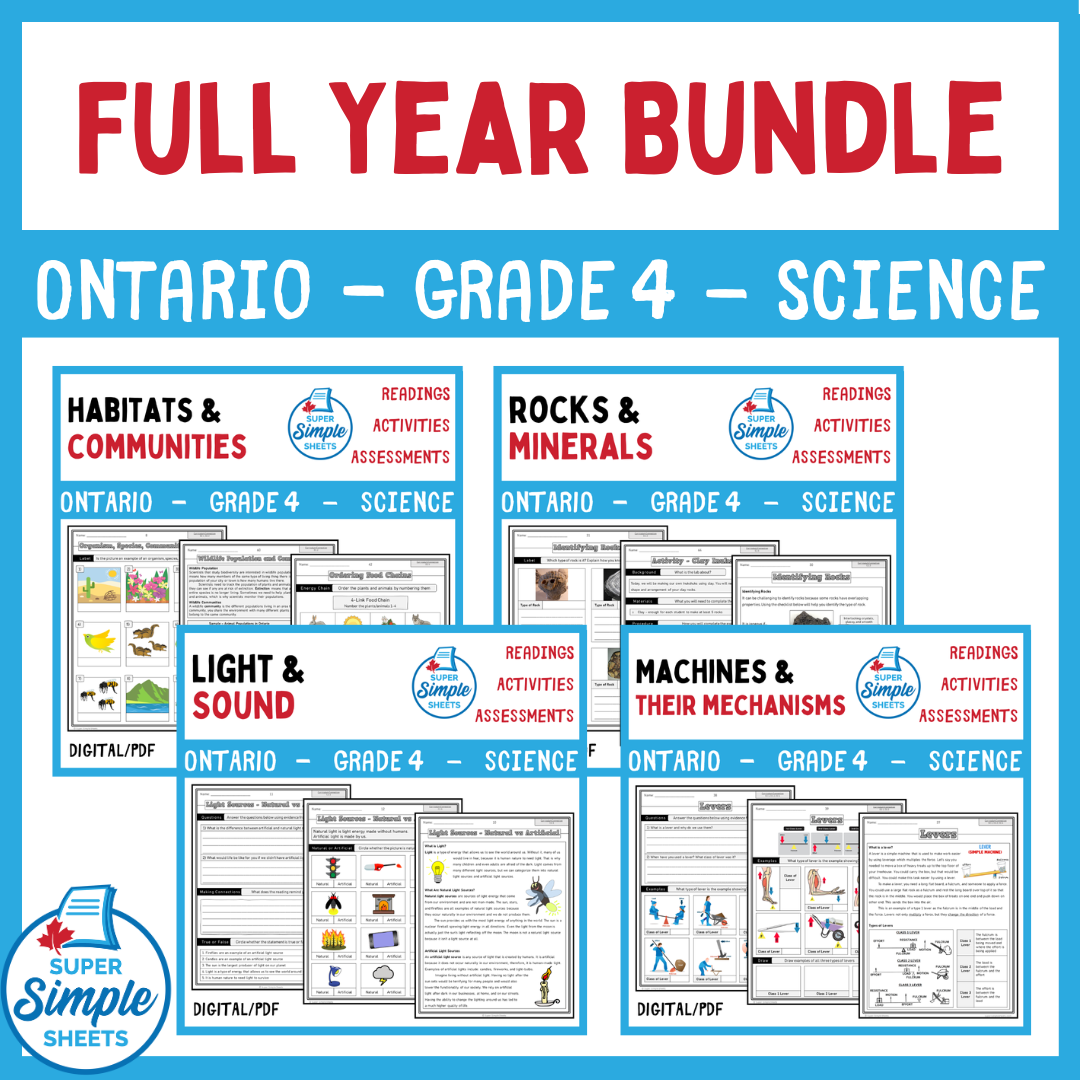
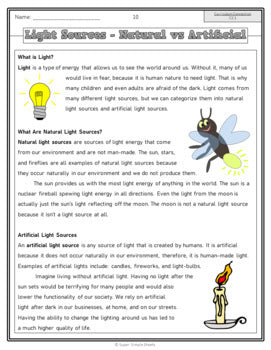
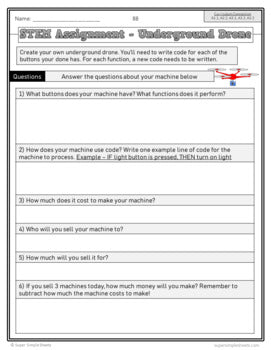
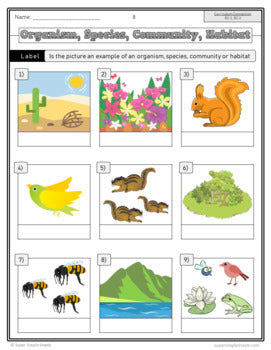
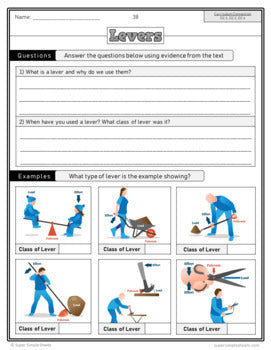
The unit provides ample work for a month. The content logically covers Ontario curriculum.
This resource has a wide range of relevant and interesting information and activities. My students are enjoying it.
